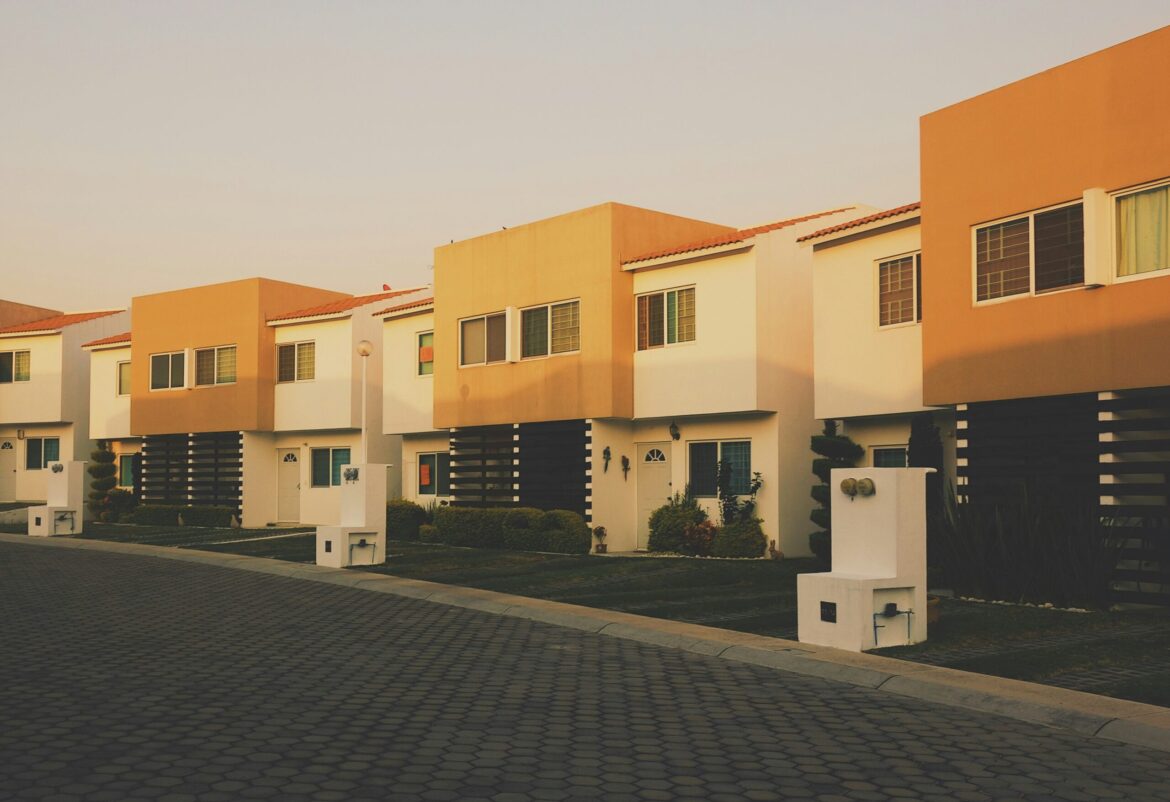As Los Angeles continues to grapple with an ever-expanding homelessness crisis, the city has launched a new affordable housing initiative aimed at providing stable homes for thousands of residents. Announced in December 2023, the initiative seeks to construct 5,000 new affordable housing units over the next three years, with a focus on high-density areas that have seen the highest levels of homelessness. While the initiative is seen as a significant step toward addressing the city’s housing shortages, it faces several hurdles that could hinder its effectiveness.
One of the most significant challenges to the initiative is the rapid increase in construction costs. As the price of materials and labor continues to rise, the city is finding it increasingly difficult to stay on budget while meeting the demand for affordable housing. These higher costs, coupled with the complex regulatory environment surrounding new developments, have slowed progress on new housing projects. In addition to these financial barriers, the initiative has encountered strong opposition from some local communities, particularly in wealthier neighborhoods. Residents in these areas, concerned about the impact on property values and the character of their communities, have voiced opposition to new housing developments. The result has been delays and challenges in securing necessary approvals, further complicating the city’s ability to meet its housing goals.
Critics of the initiative argue that while building new affordable units is a step in the right direction, it does not fully address the root causes of homelessness. Many point to systemic issues such as income inequality, the lack of access to mental health care, and the shortage of affordable housing in general, which continue to drive the growing homeless population. Housing advocates contend that without tackling these underlying issues, the initiative may only provide a temporary solution rather than a long-term fix.
The initiative, however, does include provisions aimed at addressing these broader challenges. Alongside the construction of new housing units, the plan allocates funding for emergency shelters and a comprehensive range of social services. These services include job training programs, addiction recovery support, and access to healthcare, all of which are designed to help individuals transition from homelessness to stable, permanent housing. Mayor Karen Bass has expressed optimism that the initiative will make a meaningful difference in the city’s ongoing struggle with homelessness, highlighting its potential to offer more than just shelter, but a path to self-sufficiency for the most vulnerable residents.
Despite the positive elements of the initiative, housing experts and advocates continue to emphasize that more systemic changes are necessary to fully address Los Angeles’ homelessness crisis. Beyond building new affordable housing, experts argue that the city needs to implement broader rent control measures to prevent displacement and ensure long-term affordability for low- and middle-income residents. Increased investment in supportive housing, which includes services tailored to individuals with chronic health issues or mental health challenges, is also viewed as essential for preventing homelessness in the first place.
As Los Angeles moves forward with this ambitious housing initiative, it remains clear that while it represents a positive step toward solving the homelessness crisis, it is not a silver bullet. To truly address the problem, experts believe that the city will need to implement more comprehensive strategies that address both the immediate need for housing and the underlying social and economic factors that contribute to homelessness. With growing demand for affordable housing and ongoing challenges in meeting that demand, the city will need to continue its efforts and expand its focus on long-term solutions.
For more on the affordable housing initiative in LA, visit: LA Times – Affordable Housing Initiative.

